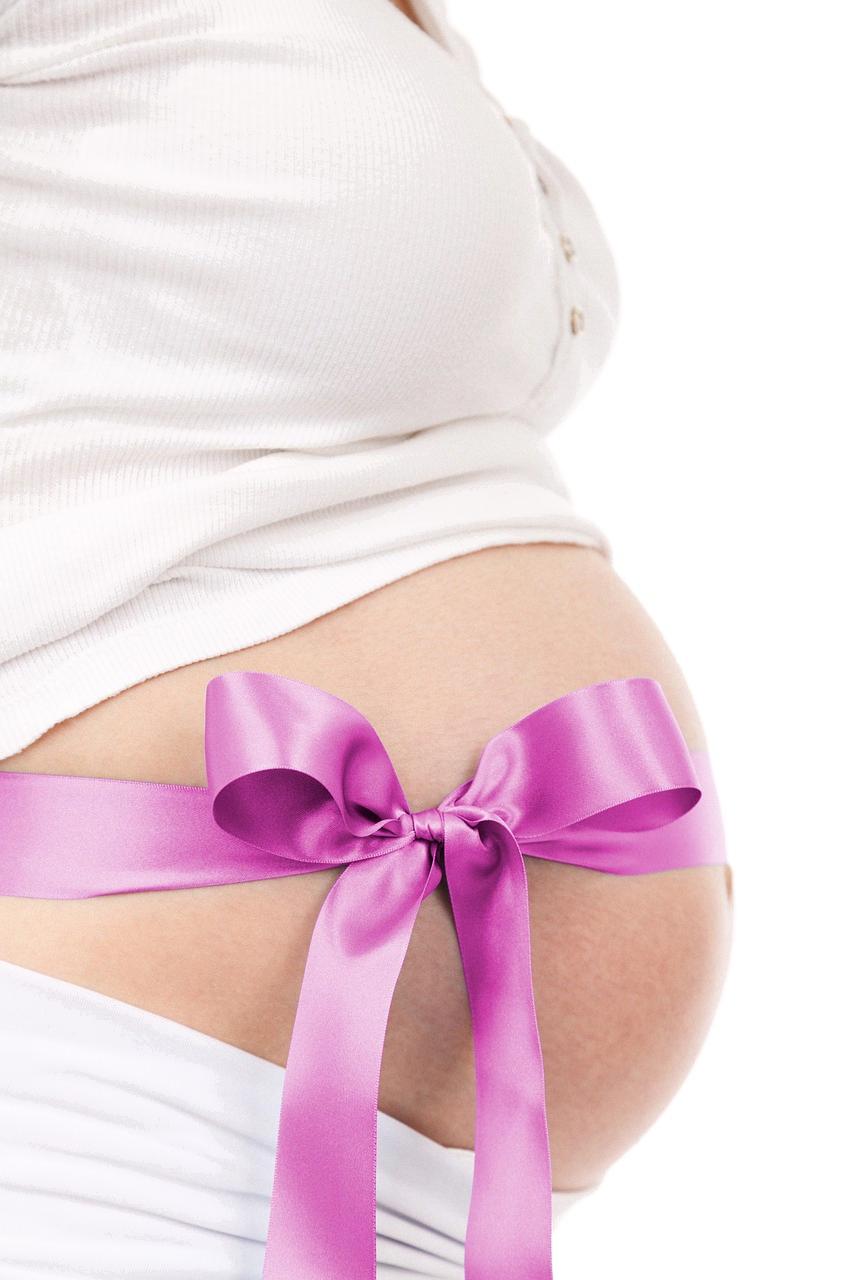When it comes to early pregnancy and ultrasounds, many women have questions about when they will be able to see the baby on the screen. The timing of when the baby is first visible on an ultrasound can vary, but there are some general guidelines to keep in mind.
Typical Timeframe
Typically, it is not until around six weeks into the pregnancy that any part of the fetus becomes visible on an ultrasound. At this stage, the ultrasound may show the gestational sac and possibly the yolk sac, which are important early indicators of a developing pregnancy.
Importance of Timing
The timing of when the baby is visible on an ultrasound is crucial for healthcare providers to assess the viability of the pregnancy. Seeing the baby on the screen at around six weeks allows doctors to determine if the pregnancy is progressing as expected and if there are any potential issues to monitor.
Factors Affecting Visibility
Several factors can influence when the baby is seen on an ultrasound, including the accuracy of the dating of the pregnancy, the type of ultrasound being used, and individual variations in fetal development. It is essential to consider these factors when interpreting ultrasound results.
Developmental Stages
During early pregnancy, the baby goes through rapid developmental changes. At six weeks, the fetal pole, which will eventually develop into the baby, may start to become visible on the ultrasound. This is an exciting milestone for expectant parents.
Patient Expectations
It is essential for patients to have realistic expectations about what they will see on an early pregnancy ultrasound. While the image on the screen may be small and less defined in the early stages, it is still a significant moment in the pregnancy journey.
Healthcare Provider Guidance
Healthcare providers play a crucial role in guiding patients through the ultrasound process and helping them understand what they are seeing on the screen. Clear communication and support are essential during this time of uncertainty and excitement.
Emotional Impact
Seeing the baby on an ultrasound for the first time can evoke a range of emotions for expectant parents, from joy and relief to apprehension and anxiety. It is normal to experience a mix of feelings as the reality of pregnancy becomes more tangible.
Ultrasound Technology
Advances in ultrasound technology have made it possible to obtain clearer images of the developing fetus earlier in pregnancy. This can provide reassurance to patients and healthcare providers and help monitor the baby’s growth and development more effectively.
Follow-Up Care
After the initial ultrasound to confirm early pregnancy, follow-up appointments are typically scheduled to monitor the progress of the pregnancy. These visits allow healthcare providers to track the baby’s development and address any concerns that may arise.
Personal Experience
Every woman’s experience with early pregnancy and ultrasounds is unique. Some may see the baby on the screen earlier than others due to individual variations in fetal development. It is essential to remember that each pregnancy journey is special and should be treated with care and understanding.
Conclusion
In conclusion, the timing of when you can see the baby on an ultrasound during early pregnancy typically occurs around six weeks gestation. This milestone is significant for both healthcare providers and expectant parents, as it marks the beginning of monitoring the baby’s development and ensuring the health of the pregnancy.

